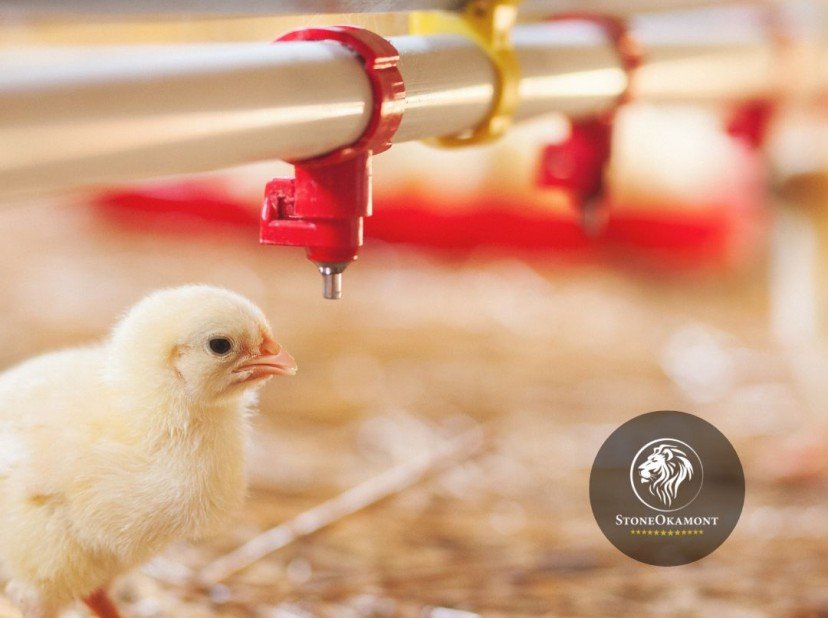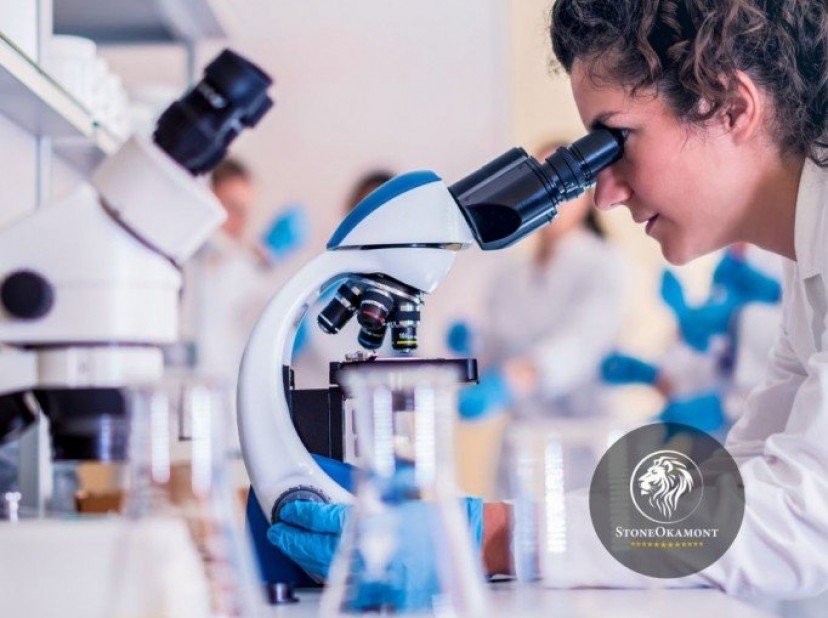
In the area of product handling, it’s always important to know if the goods carried to the consumer is of good quality, thinking about this was created a method to prevent the occurrence of diseases caused by the consumption of contaminated products.
In general, good practices are tools to ensure the conformity, quality and safety of products. Usually accompanied by a manual, customized for your company, which must be obeyed by the handlers of the same, from the choice and / or purchase of the goods to the marketing to the consumer.
The system is implemented exclusively for each establishment, aiming at all hygienic, sanitary and operational procedures, provided that the activity of your company is manufacturer, distributor, storer, importer, exporter, fractionator and / or commercial establishment.
Companies producing and/or manufacturing products with risk classification III or IV must be certified good practices with the competent body.
The validity for the Certificate of Good Manufacturing Practices (CBPF) will be two years, while the validity of the Certificate of Good Distribution and /or Storage Practices (CBPDA) will be two years, counted from the date of its publication in the Official Gazette (DOU).
For companies that need only the implementation of the Good Practice System, Stone Okamont provides all the advice and advice necessary to carry out this. With an initial analysis, we’ll identify the actions to follow in a dynamic and assertive way, leveraging the implementation and maintenance of the system in the long term.
What’re good practices for food services?
The work of the food handler is essential to ensure safer food and protect the health of consumers. Thinking about it, the National Health Surveillance Agency (ANVISA) has prepared a Booklet on Good Practices for Food Services to clarify what care should be during all food handling, to prepare, store until selling food properly, hygienically and safely.
What does RDC 216 say?
The Resolution establishes the mandatory procedures of good practice for food services. The Manual of Good Practices should describe the operations carried out by the establishment, including, at a minimum, hygienic and sanitary requirements, water supply control, vector and pest control, hygiene and health control training of employed professionals and the quality assurance of prepared food.
The RDC 216 applies to food services that carry out the following activities:
"(...) handling, preparation, fractionation, storage, distribution, transportation, exhibition to the sale and delivery of food prepared for consumption, such as canteens, buffets, confectioneries, confectioneries, industrial kitchens, institutional kitchens, delicatéssens, cafeterias, bakeries, pastries, restaurants, rotisserias and congeners."
(source: ANVISA)
What’s the purpose of the system of good practice?
Good Practices aim to ensure the correct safety of the handling of products, from raw material to final product. The non-implementation of Good Practices will result in the rejection of the petition. Therefore, it’s very important to hire an advisory with authority in the subject to avoid adversity.
Stone Okamont has a competent systemto develop the Good Practice System and, through implementation and correction audits, indicatewhat should beimproved, thus ensuring an action plan to correct all non-conformities.
Contact us! Fill out the form below, talk to one of our professionals and ask all your questions.







